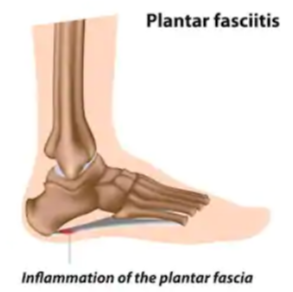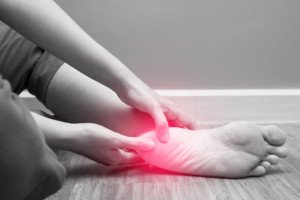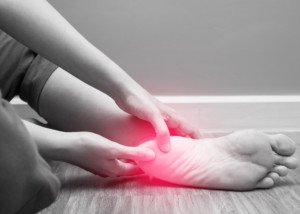Have plantar fasciitis? Which is better: stretching or shockwave therapy?
“Both therapies can be very effective and often, it’s best to do them both in tandem,” says Dr. Velimir Petkov, DPM, surgeon and sports medicine specialist of the foot with Premier Podiatry in Clifton, NJ.
“In my heel pain patients, I often tend to combine therapies – such as cortisone injections, strappings, physical therapy and custom orthotics in order to tackle the problem and relieve the pain as quick as possible.
“I reserve shockwave therapy as well as PRP injections (platelet rich plasma therapy) for patients who have more chronic injuries and those who fail to respond to the more conservative methods of treatment.
“But, if I could do them all, and the financial aspect was not a constraint, I would completely recommend that therapies be used in tandem.
“This way you can achieve results that are delivered faster and are long-lasting.”
Though stretching as the only therapy may help resolve plantar fasciitis for some patients, and others may find success with only shockwave therapy, BOTH therapies together should have a synergistic effect.
Stretching As the Foundation
A regular regimen of stretching the plantar fascia, Achilles tendon and calf will help prevent plantar fasciitis, as well as give a boost to recovery so that more invasive treatment is never necessary.
An acute case of plantar fasciitis will probably benefit more from ice, avoiding the offending activity, simple exercises such as trying to pick up a sock with your toes, and stretching.

Shutterstock/Alila Medical Media
One stretch for plantar fasciitis should be performed as follows, says the American Academy of Orthopaedic Surgeons:
In a seated position, cross affected foot over knee of other leg. Grasp toes of painful foot; bring ankle up and toes up.
Place thumb along plantar fascia (underside of foot); rub on it to stretch it.
The stretch is held for 10 seconds, and repeated 10-20 times.
Stretching sessions should include before exiting your bed in the morning, and after sitting for long periods.


 Dr. Petkov
Dr. Petkov






































